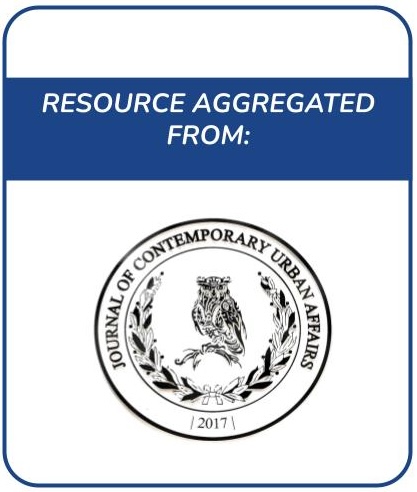Changes in the Country and Their Impact on Topographic Data of Agricultural Land—A Case Study of Slovakia
Due to natural phenomena as well as human activities, changes are occurring in land use. Techniques and environment GIS have made it possible to process large amounts of data from various sources. In Slovakia, mapping of topography and elevation is being carried out as part of the elaboration of land readjustment projects. This is also a starting point for updating estimated pedologic-ecological units (EPEUs).












